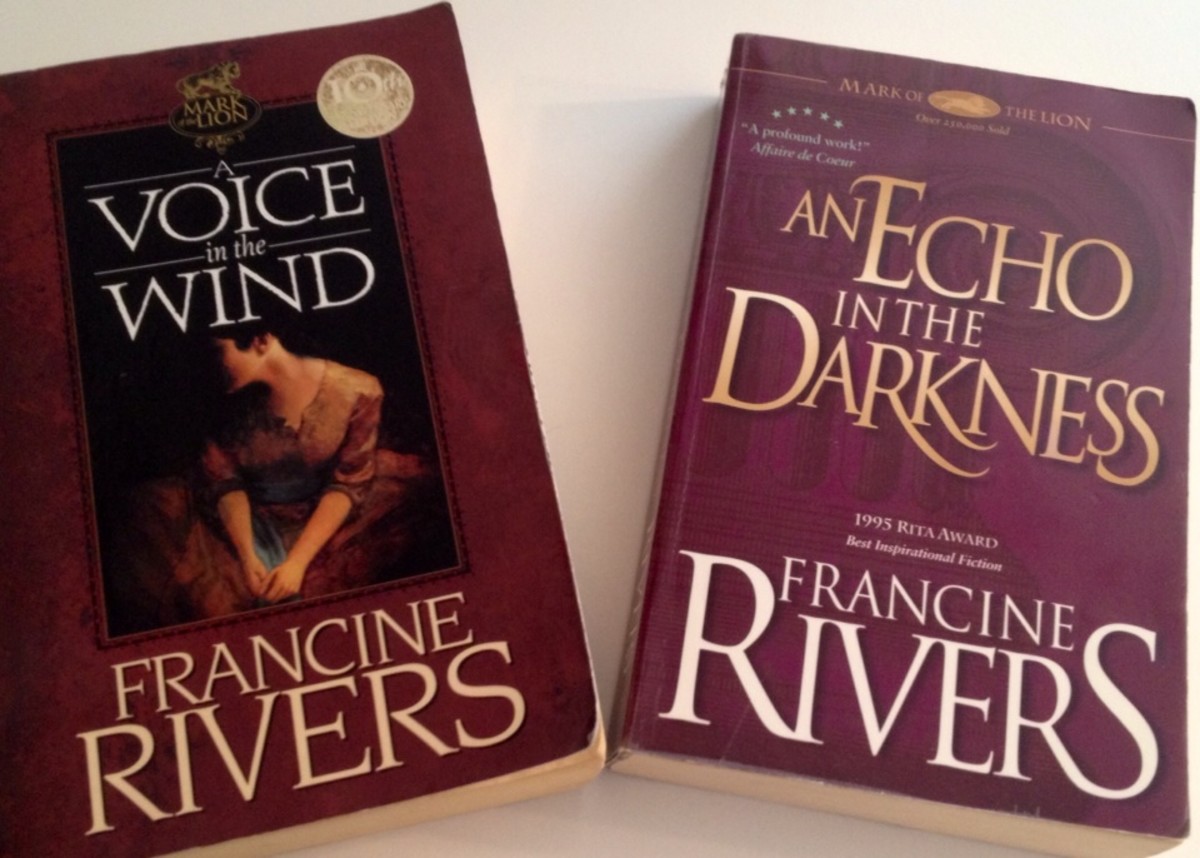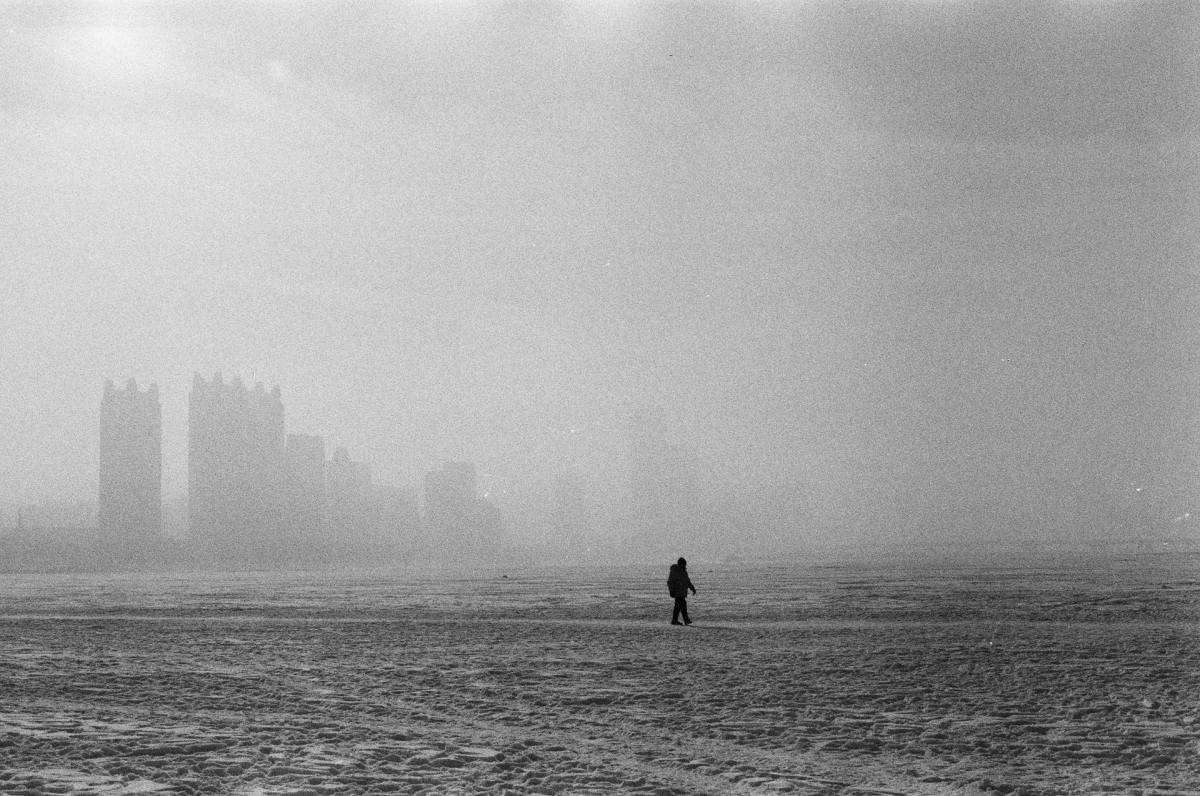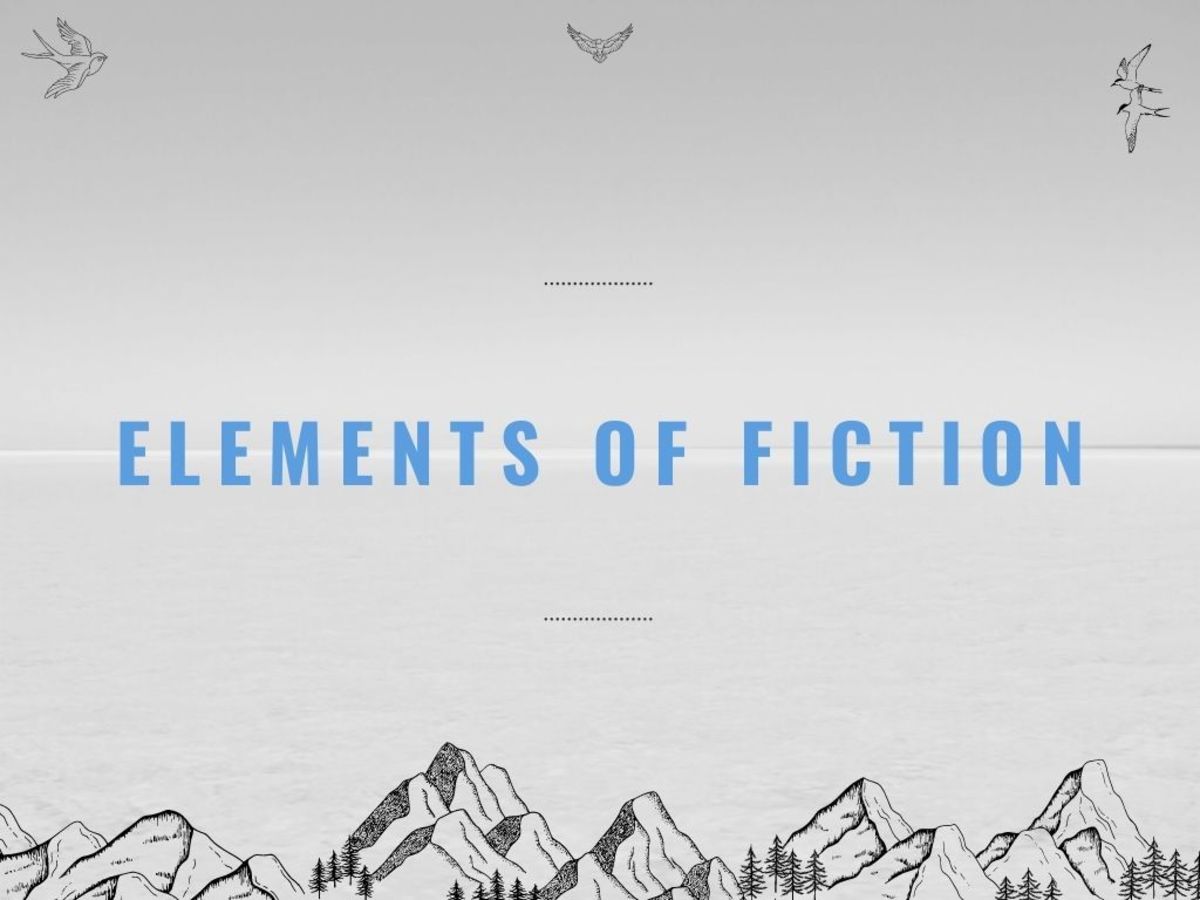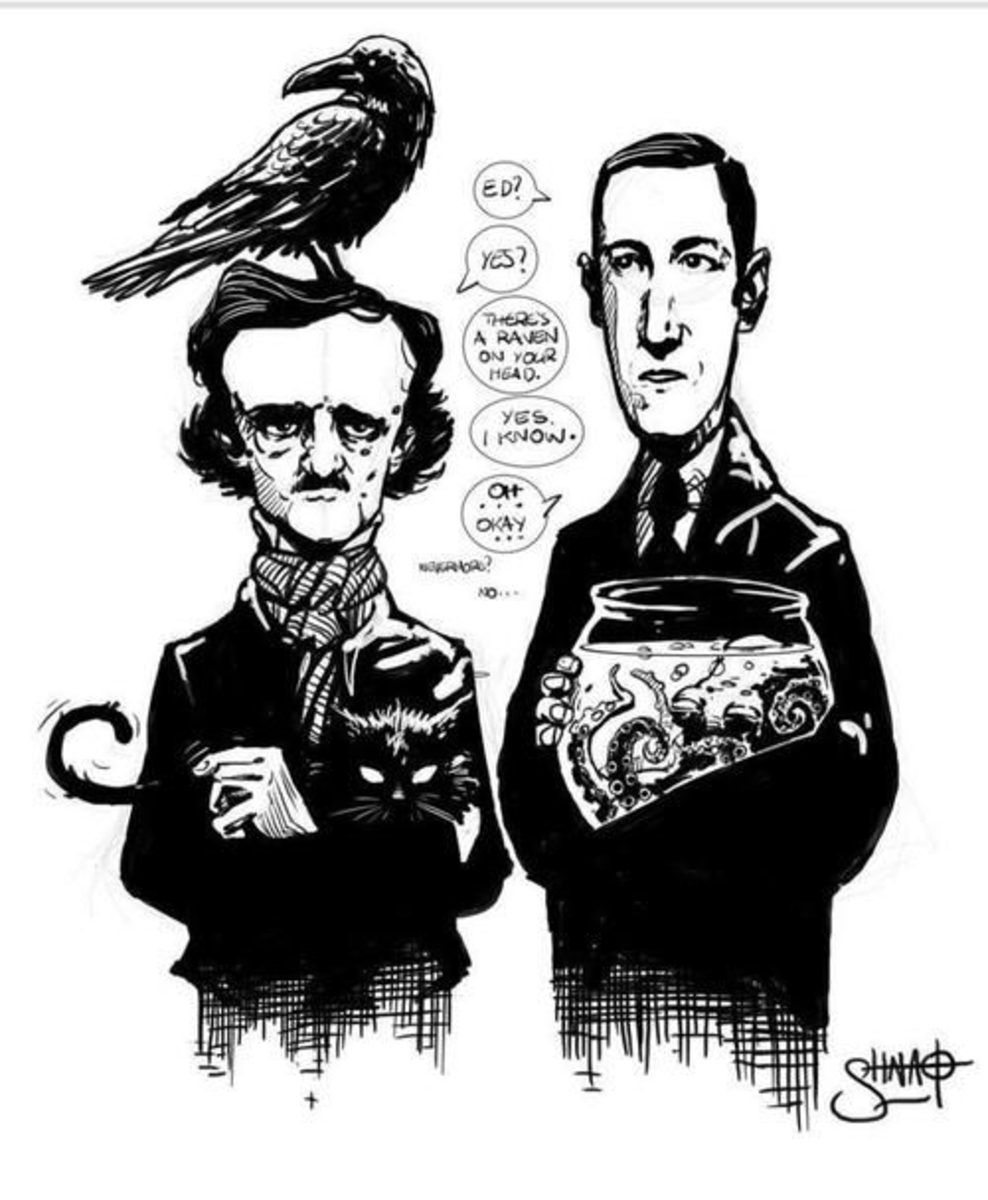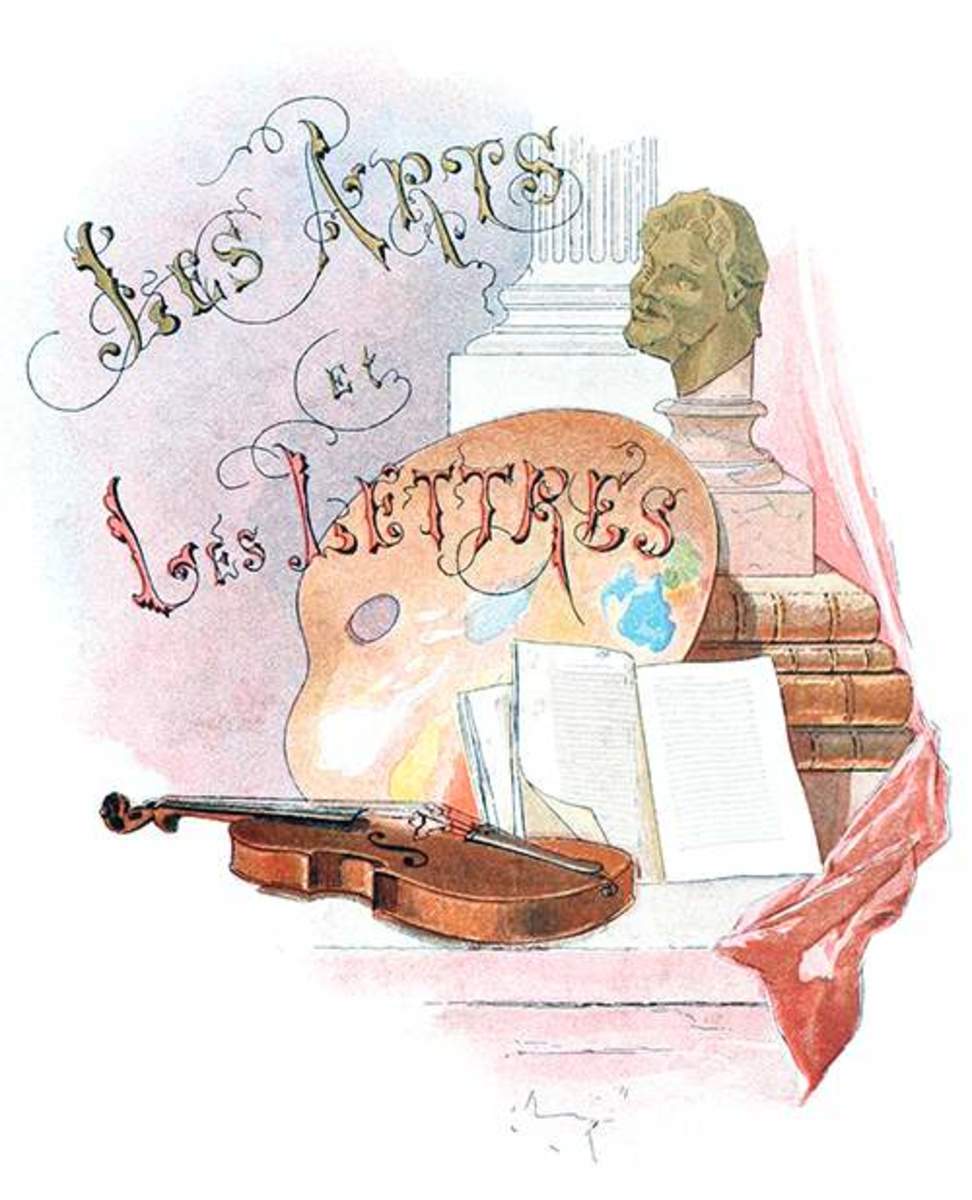Visiting places from your literary bag
Culture travel in novels
Have you ever thought of traveling to destinations around the world
just because of a book you’ve read or a treatise you followed through?
Although the relation may not be clear cut, the messages are surely subliminal.
Modern fiction can be very persuasive in creating senses of loyalty
among readers; allegiances and identification for the place, culture,
and the destination. These books are not travelogues per se but they
are mostly dramas, or story-telling, built around different places in
the world. You’ve heard of a place, but when you see it in printed
form it becomes indelibly set on your mind.
One of the most impressionable books that I read recently was the Girl
Who Loved Tom Gordon by Stephen King about a little girl who gets lost
in the woods and forests of the state of Maine in America, getting
deeper and deeper in the woodlands until she is accidentally rescued
in Canada.
It’s a fascinating book that has suspense and drama but it’s also
about the lusciousness of nature. Through the eyes of the little
girl, King succeeds in hammering out an environmental message for
people to go out and enjoy the splendid environment provided by Mother
Nature.
Because of his popularity as a fiction writer King is likely to serve
as a good carrier for environmental and nature protection simply
because of the rich descriptions of the forests, woods, trees, and
lakes he provides in detailed riveting accounts of the mysteries of
wild as the girl extrapolates herself in a never-ending streams of
thick foliage.
John Grisham is another mass-producing popular fiction writer who
writes about Mississippi in the United States. His book the Last Juror
is not the latest but for me, a most interesting read because of the
journalistic theme it has of a local weekly newspaper owner who goes
around covering events built around community news and criminal acts.
Grisham is a master storey-teller who forces the reader to keep
turning the pages. Mississippi is his concentration and because his
novels that come up on a yearly basis, he has inadvertently built up
an identification with the state of Mississippi and all the towns and
rural areas it has.
In time, these places become destinations, places that many would want
to visit, an identification that increases among his readers on the
national American level as well as with his readers in say the United
Kingdom, or even France and Germany where many of these books are
translated and read, and in a significant way become a part of the
culture spread across the world.
Dr Death by Jonathan Kellerman was another enjoyable story. Its
importance, again like the rest of the fiction coming out, is not in
the criminal acts it narrates but in the settings and places that
concentrated around San Francisco which enforced a set of stereotypes
about the city that were not necessarily negative but subliminal to
keep it in people’s minds.
The power of modern fiction lies in allowing the reader to conjure up.
While the writer concentrates on moving the story along, there is a
sense of powerful imagery related to names, places, and whereabouts of
different areas which become embedded in his mind.
Similarly, a light-hearted story I was determined to finish after
closing the 100ths page was Carry Me Down by M.J. Hayland about a
little boy who thinks he is a lie detector. The book is set in
southern Ireland in between Gorey, a small village and Dublin.
While JM Coetzee says of the book it is ‘writing of the highest
order’, the fiction has not worked for me as it did with the other
books, but one can clearly see the setting and the place were very
important as well as the sense of mundane normality of every day life
is described throughout the pages. These serve as identification
points for the reader, and destination allurements and possible places
to get to and visit. Although Dublin is a well-known city, especially
in the Anglo-Saxon world, to have authors write about it, indeed like
other world cities, gives it a sense of mysticism with voices being
heard like “oh I want to visit the place".
And it is the case with other places as literature and fictions give
them special importance and stature. A Shilling for Candles by
Josephine Key is a detective story about a murder that starts from one
place in south-East England, London, and even Hollywood. Unfortunately
I did not complete because of the style of writing that lacked the
provocation to allow the reader to go forward with enthusiasm but this
is not to say others have not enjoyed.
The book was originally written in 1959 but republished several times
and although it had all the elements of the story-telling techniques,
it somehow lacked the cutting edge thread that is found in many of the
fictions of the late 20th century and today.
However it is unfair to suggest that the power of story-telling and
writing belong to the present generation who rely on the computer, the
Internet and satellite television. One of the reputed great books I
managed to read finally was the Heart of Darkness by Joseph Conrad.
Different things stand about this book. Critics say it is the first 20th
century novel, the fact that its author, originally Polish had to
learn English from scratch and its set deep in the Congo on a
steamship.
While the book may examine the European colonial developments in that
part of Africa, the book contains rich descriptions of that area
related to society and existence foremost of the indigenous
population.
These are just some of the books I read. They show the significance of old and modern fiction in creating special importance for these places, and in the
global culture spread they imply.
Some of the western authors sell millions of copies that mean millions
of readers and of followers who at least begin to identify with some
of these places which in the short, medium and long run become very
real destinations for people to visit.

